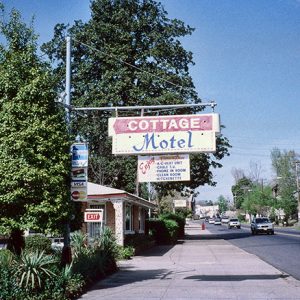 Cottage Courts Historic District
Cottage Courts Historic District
Entry Category: Business and Economics - Starting with C
 Cottage Courts Historic District
Cottage Courts Historic District
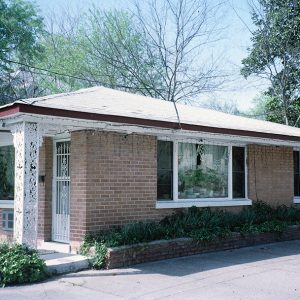 Cottage Courts Unit
Cottage Courts Unit
Cottage Courts Historic District
Cotton Industry
 Cotton Oil Plant
Cotton Oil Plant
Cotton Pickers Strike of 1891
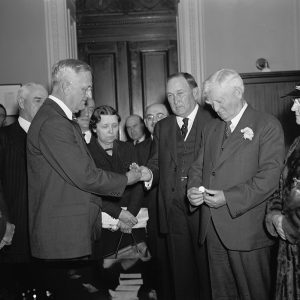 Couch in Washington
Couch in Washington
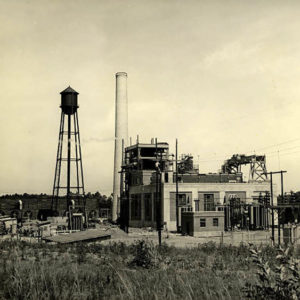 Couch Power Plant in Stamps
Couch Power Plant in Stamps
Couch, Harvey Crowley
Courier-Index (Marianna)
Cove Tourist Court
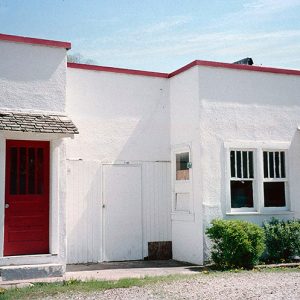 Cove Tourist Court
Cove Tourist Court
Cowie Wine Cellars
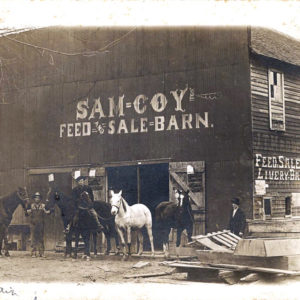 Coy Feed and Sale Barn
Coy Feed and Sale Barn
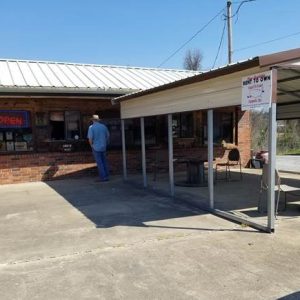 Craig's Bar-B-Q
Craig's Bar-B-Q
 Craig's Bar-B-Q Ad
Craig's Bar-B-Q Ad
 Crescent Hotel Menu
Crescent Hotel Menu
 Crittenden Lumber Co.
Crittenden Lumber Co.
Cromwell Architects Engineers, Inc.
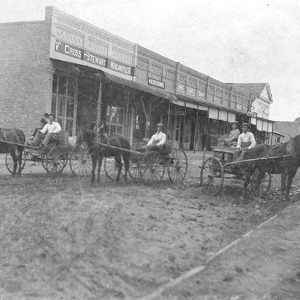 Cross Stewart Mercantile
Cross Stewart Mercantile
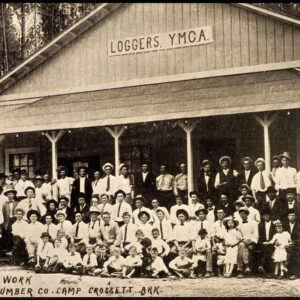 Crossett Loggers
Crossett Loggers
Crossett Lumber Company
 Crossett Mill
Crossett Mill
 Crossett Strike
Crossett Strike
Crossett Strike of 1940
Crossett, Edward Savage
Crushed Stone Mining
Crystal Bathhouse
Crystal River Tourist Camp Historic District
aka: Crystal River Tourist Court
aka: Crystal River Cave and Court
 Crystal River Tourist Court
Crystal River Tourist Court
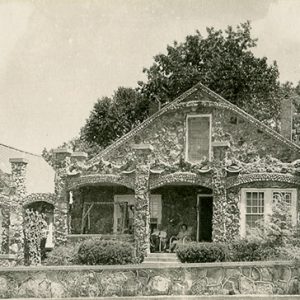 Crystal River Tourist Court
Crystal River Tourist Court




